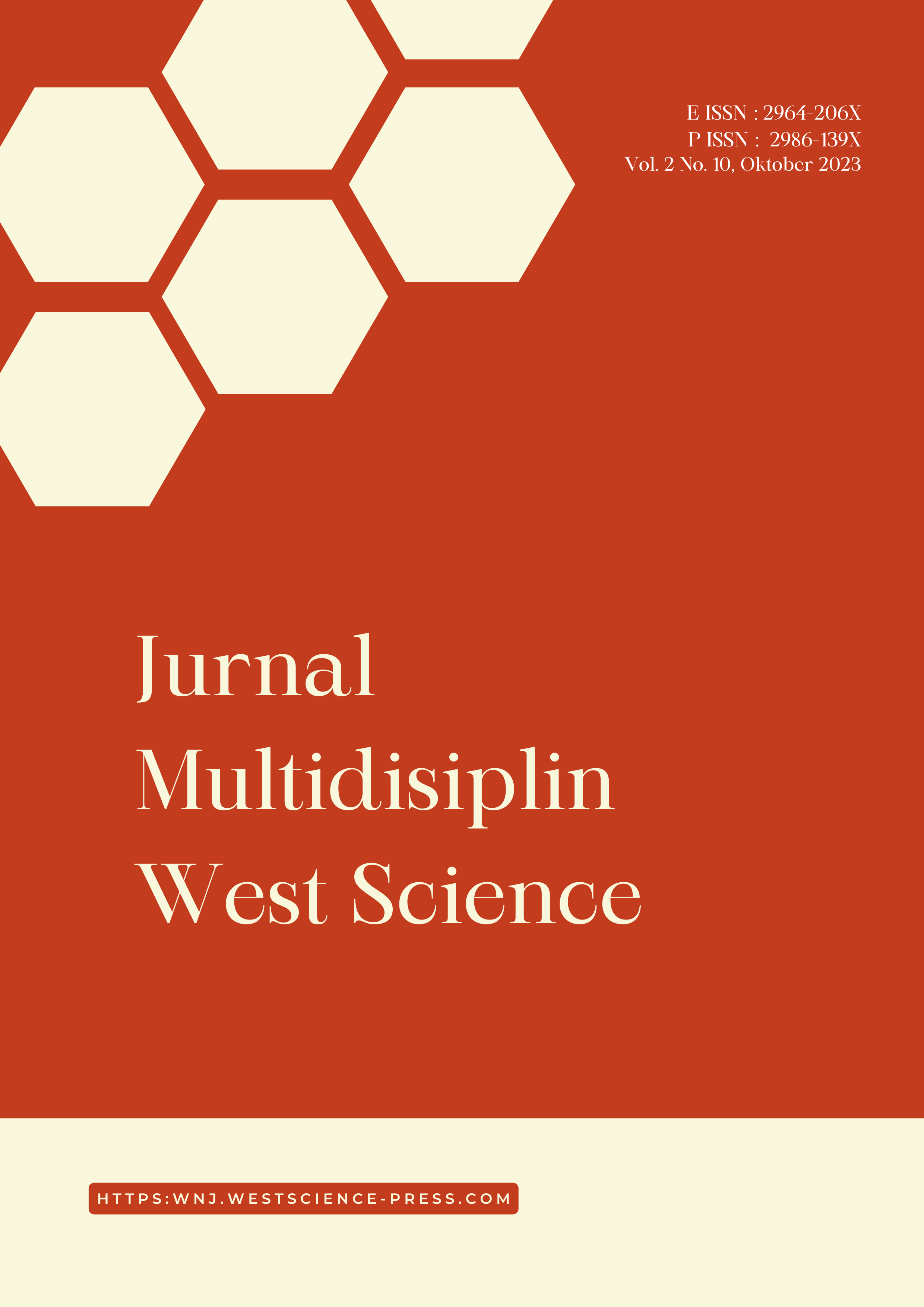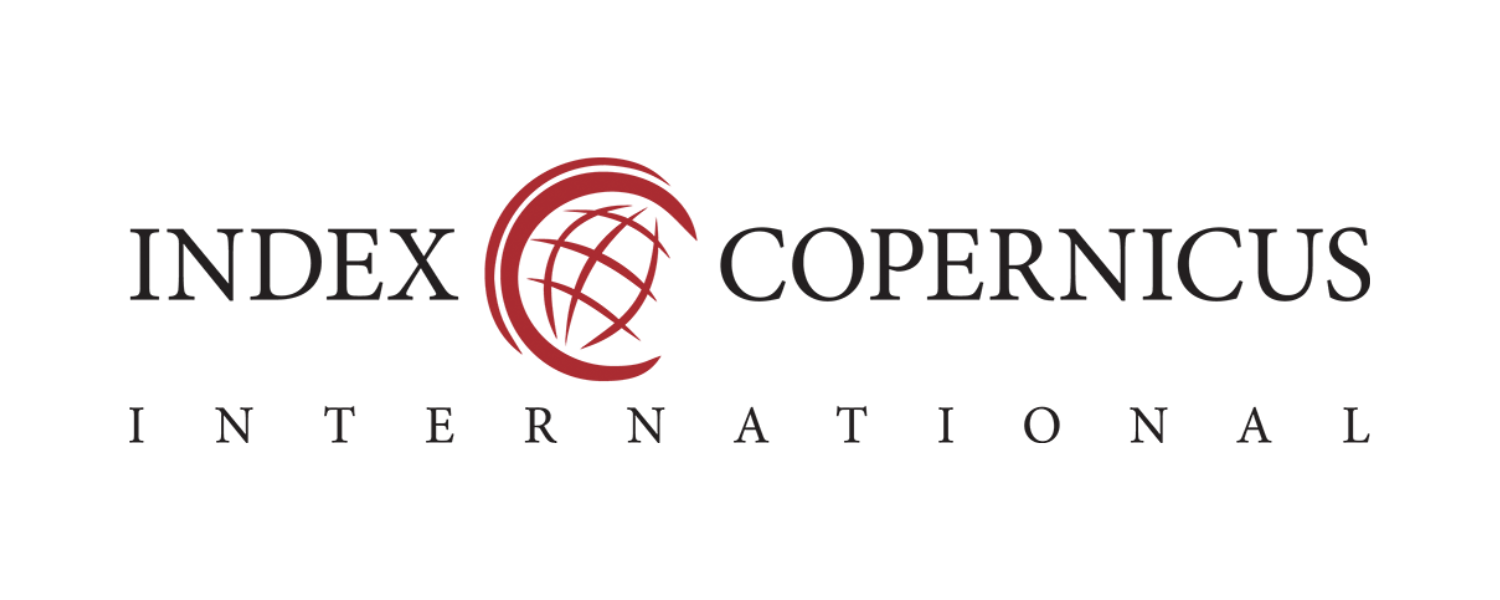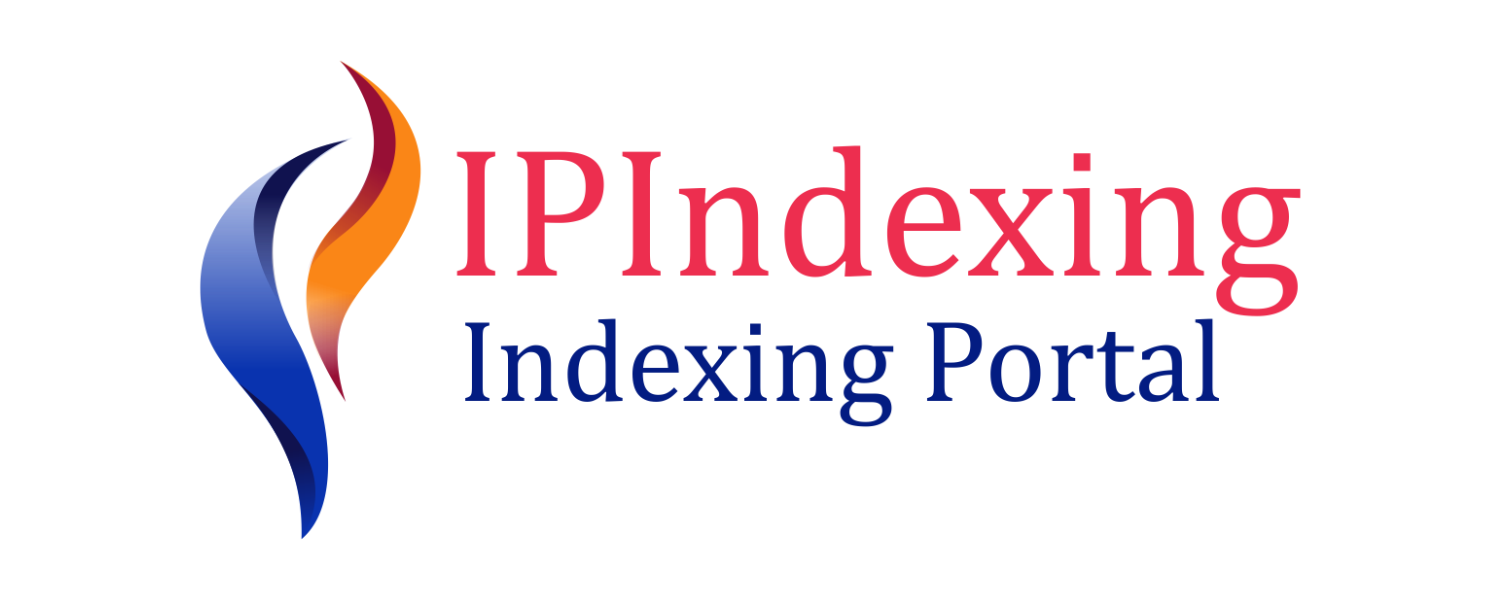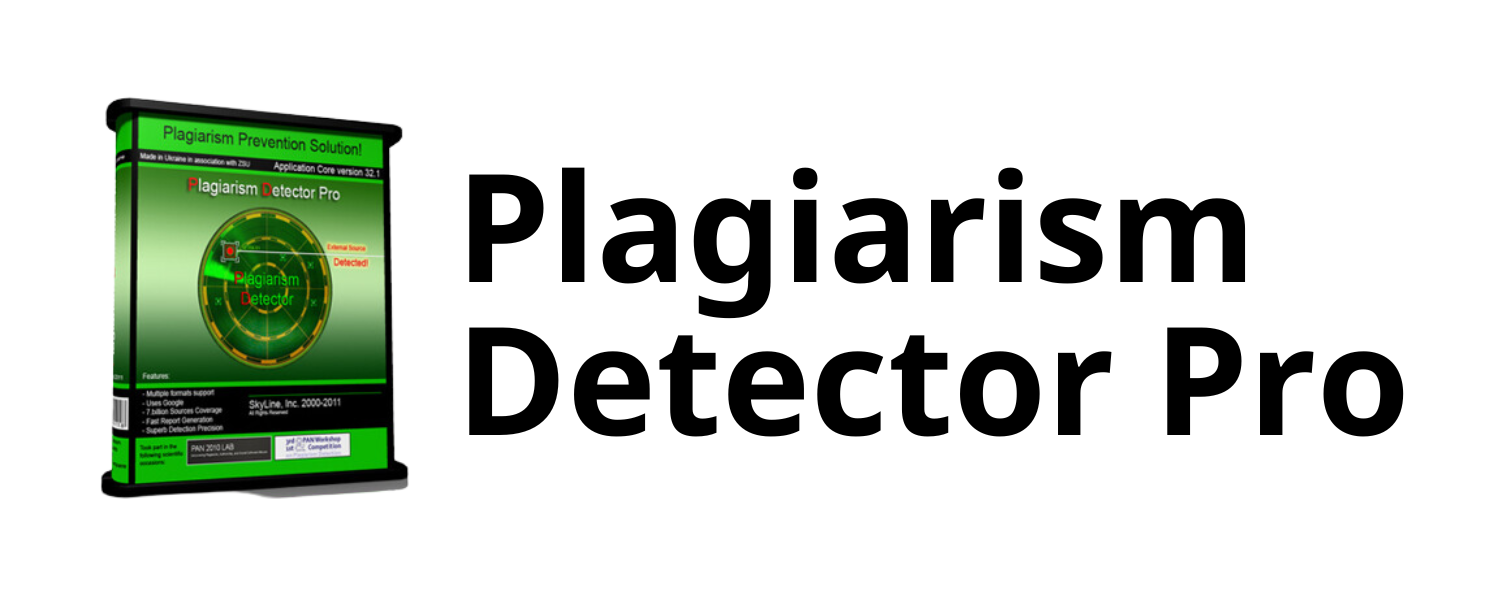Analisis Kelayakan Ekonomi dan Manfaat Lingkungan Pertanian Organik untuk Keberlanjutan Jangka Panjang
DOI:
https://doi.org/10.58812/jmws.v2i10.700Kata Kunci:
Ekonomi, Lingkungan Pertanian Organik, Keberlanjutan, Analisis BibliometrikAbstrak
Penelitian ini melakukan analisis bibliometrik yang komprehensif untuk mengeksplorasi kelayakan ekonomi dan manfaat lingkungan dari pertanian organik untuk keberlanjutan jangka panjang. Dengan mengumpulkan data secara sistematis dari basis data akademis terkemuka dan memanfaatkan alat VOSviewer untuk visualisasi data, penelitian ini mengungkap wawasan penting tentang lanskap pertanian berkelanjutan yang terus berkembang. Hasilnya menyoroti meningkatnya minat global terhadap pertanian organik, dengan lonjakan hasil penelitian selama beberapa tahun terakhir. Penelitian ini mencakup berbagai jenis publikasi, termasuk artikel, ulasan, dan makalah konferensi, yang menggarisbawahi sifat multifaset dari bidang ini. Jaringan kolaboratif di antara para penulis dan institusi menunjukkan upaya kolektif untuk mengatasi tantangan yang ditimbulkan oleh pertanian konvensional. Analisis kata kunci menunjukkan bahwa pertanian berkelanjutan, petani, dan penerapan praktik-praktik berkelanjutan merupakan tema utama dalam literatur. Tren yang muncul meliputi intensifikasi berkelanjutan, bahan bakar nabati, dan dampak perubahan iklim. Kesenjangan penelitian yang teridentifikasi menggarisbawahi perlunya eksplorasi lebih lanjut dalam bidang penilaian ekonomi jangka panjang dan studi spesifik lokasi. Analisis ini berkontribusi pada pemahaman peran pertanian organik dalam pertanian berkelanjutan, menawarkan panduan bagi para pembuat kebijakan, peneliti, dan pemangku kepentingan dalam upaya produksi pangan berkelanjutan.
Referensi
ARATA, L. (2014). The Role of EU Agri-environmental Programmes: a Farm Level Analysis by Propensity Score Matching and by Positive Mathematical Programming Incorporating Risk.
Areri, V. M., Obulinji, H. W., & Recha, C. W. (2022). Influence of Smallholder Farmers’ Socio-economic Characteristics on and Perceived Benefits of Organic Agriculture Farming. International Journal of Innovative Research and Development, 11(12).
Batáry, P., & Tscharntke, T. (2021). Scale-depend effectiveness of on-field vs. off-field agri-environmental measures for biodiversity. Authorea Preprints.
Bell, S., & Morse, S. (2012). Sustainability indicators: measuring the immeasurable? Routledge.
Bocken, N. M. P., Short, S. W., Rana, P., & Evans, S. (2014). A literature and practice review to develop sustainable business model archetypes. Journal of Cleaner Production, 65, 42–56.
Brennan, L., & Owende, P. (2010). Biofuels from microalgae—a review of technologies for production, processing, and extractions of biofuels and co-products. Renewable and Sustainable Energy Reviews, 14(2), 557–577.
Budiman, D., Iskandar, Y., & Jasuni, A. Y. (2022). Millennials’ Development Strategy Agri-Socio-Preneur in West Java. International Conference on Economics, Management and Accounting (ICEMAC 2021), 315–323.
Carrié, R., Ekroos, J., & Smith, H. G. (2022). Turnover and nestedness drive plant diversity benefits of organic farming from local to landscape scales. Ecological Applications, 32(4), e2576.
Chambers, R., & Conway, G. (1992). Sustainable rural livelihoods: practical concepts for the 21st century. Institute of Development Studies (UK).
Dincer, I. (2000). Renewable energy and sustainable development: a crucial review. Renewable and Sustainable Energy Reviews, 4(2), 157–175.
Djumaniyazova, G., Narbaeva, K., Alikhanov, B., Rakhimov, S., & Yuldashev, F. (2023). Biotechnologic farming: an innovative approach to sustainable agriculture. E3S Web of Conferences, 421, 1005.
Feber, R. E., Johnson, P. J., Bell, J. R., Chamberlain, D. E., Firbank, L. G., Fuller, R. J., Manley, W., Mathews, F., Norton, L. R., & Townsend, M. (2015). Organic farming: Biodiversity impacts can depend on dispersal characteristics and landscape context. PLoS One, 10(8), e0135921.
Grin, J., Rotmans, J., & Schot, J. (2010). Transitions to sustainable development: new directions in the study of long term transformative change. Routledge.
Hampl, F. (2020). A statistical analysis of the financial performance of organic and conventional farms in the Czech Republic with respect to their size. Agricultural Economics, 66(1), 1–9.
Harahap, M. A. K., Tanipu, F., Manuhutu, A., & Supriandi, S. (2023). Relations between Architecture, Urban Planning, Environmental Engineering, and Sociology in Sustainable Urban Design in Indonesia (Literature Study). Jurnal Geosains West Science, 1(02), 77–88.
Ionescu, R. V., Zlati, M. L., Antohi, V. M., Fortea, C., Petrea, S. M., & Cristea, D. S. (2022). Analysis of the Dynamics of Productive Performance of Organic Farming in the European Union. Agronomy, 12(5), 1052.
Iskandar, Y., Joeliaty, J., Kaltum, U., & Hilmiana, H. (2021). Bibliometric Analysis on Social Entrepreneurship Specialized Journals. Journal: WSEAS TRANSACTIONS ON ENVIRONMENT AND DEVELOPMENT, 941–951. https://doi.org/10.37394/232015.2021.17.87
Iskandar, Y., Joeliaty, J., Kaltum, U., & Yudomartono, H. (2023). Key Factors Affecting Social Enterprise Performance: A Literature Review. Journal of Developmental Entrepreneurship, 28(02), 2350015.
Iskandar, Y., & Sarastika, T. (2023). Study of Socio-Economic Aspect and Community Perception on The Development of The Agricultural Area Shrimp Ponds in Pasir mendit and Pasir Kadilangu. West Science Journal Economic and Entrepreneurship, 1(01), 28–36.
Lélé, S. M. (1991). Sustainable development: a critical review. World Development, 19(6), 607–621.
Mata, T. M., Martins, A. A., & Caetano, N. S. (2010). Microalgae for biodiesel production and other applications: a review. Renewable and Sustainable Energy Reviews, 14(1), 217–232.
Michalczuk, L. (2022). Site-Directed Mutagenesis–A Chance to Meet Environmental Challenges and Provide Healthy Food for People or an Unacceptable Hazard to Humans, Animals, and the Environment. Consequences of the European Court of Justice Judgment in Case C-528/16. Journal of Horticultural Research, 30(2), 1–12.
Niacsu, L., Ionita, I., Samoila, C., Grigoras, G., & Blebea-Apostu, A. M. (2021). Land degradation and soil conservation measures in the Moldavian Plateau, Eastern Romania: A case study from the Racova Catchment. Water, 13(20), 2877.
Nordin, A. B. A., Simeh, M. A., Amiruddin, M. N., Weng, C. K., & Salam, B. A. (2004). Economic feasibility of organic palm oil production in Malaysia. Oil Palm Ind. Econ. J, 4, 29–38.
Nugrahanti, T. P., & Pratiwi, A. S. (2023). The Remote Audit and Information Technology: The impact of Covid-19 Pandemics. JABE (JOURNAL OF ACCOUNTING AND BUSINESS EDUCATION), 8(1), 15–39.
Pal, T., & Das, M. S. (2017). Women and environmental: The analysis of correlation and causation. International Research Journal of Multidisciplinary Studies, 3(8).
Parizad, S., & Bera, S. (2023). The effect of organic farming on water reusability, sustainable ecosystem, and food toxicity. Environmental Science and Pollution Research, 30(28), 71665–71676.
Raviv, M. (2010). 6 Sustainability of Organic Horticulture. Horticultural Reviews, 36, 289.
Rusmayadi, G., Supriandi, S., & Pahrijal, R. (2023). Trends and Impact of Sustainable Energy Technologies in Mechanical Engineering: A Bibliometric Study. West Science Interdisciplinary Studies, 1(09), 831–841.
Shoichi, I. T. O. (1996). Economic Feasibility of Organic Rice Farming in California. 農林業問題研究, 32, 68–73.
Staugaitis, A. J., & Vaznonis, B. (2022). Financial Speculation Impact on Agricultural and Other Commodity Return Volatility: Implications for Sustainable Development and Food Security. Agriculture, 12(11), 1892.
Stoi, V. M., Csosz, I., & Mateoc-Sîrb, N. (2020). Organic farming-definition, principles, data and realities. Lucrări Științifice Management Agricol, 22(2), 171.
Suparwata, D. O. (2018). Respon pertumbuhan dan produksi kacang hijau (Vigna radiata L.) terhadap perlakuan perbedaan naungan. Akademika, 7(1), 10–21.
Suparwata, D. O., & Pomolango, R. (2019). Arahan pengembangan agribisnis buah naga di pekarangan terintegrasi desa wisata Banuroja. Agromix, 10(2), 85–99.
Supriandi, S., Lesmana, T., Subasman, I., Rukmana, A. Y., & Purba, P. M. (2023). Analisis Produktivitas Penelitian Pendidikan di Negara Berkembang: Perbandingan antara Negara di Asia Tenggara. Jurnal Pendidikan West Science, 1(07), 449–459.
Supriandi, S., & Muthmainah, H. N. (2023). Penerapan Teknologi Mesin Pembelajaran Dalam Sistem Manufaktur: Kajian Bibliometrik. Jurnal Multidisiplin West Science, 2(09), 833–846.
Vermeir, I., & Verbeke, W. (2006). Sustainable food consumption: Exploring the consumer “attitude–behavioral intention” gap. Journal of Agricultural and Environmental Ethics, 19, 169–194.
Wu, M. (2021). Is There a Causal Relationship between China’s Economic Policy Uncertainty (EPU) and Stock Market Volatility? 2021 2nd Asia-Pacific Conference on Image Processing, Electronics and Computers, 335–339.
Unduhan
Diterbitkan
Cara Mengutip
Terbitan
Bagian
Lisensi
Hak Cipta (c) 2023 Yusriyah Atikah Gobel, Moh. Muchlis Djibran, Aditya Djaini, Emmy Hamidah

Artikel ini berlisensiCreative Commons Attribution-ShareAlike 4.0 International License.



















 Instagram
Instagram 